-
 Bitcoin
Bitcoin $106,754.6083
1.33% -
 Ethereum
Ethereum $2,625.8249
3.80% -
 Tether USDt
Tether USDt $1.0001
-0.03% -
 XRP
XRP $2.1891
1.67% -
 BNB
BNB $654.5220
0.66% -
 Solana
Solana $156.9428
7.28% -
 USDC
USDC $0.9998
0.00% -
 Dogecoin
Dogecoin $0.1780
1.14% -
 TRON
TRON $0.2706
-0.16% -
 Cardano
Cardano $0.6470
2.77% -
 Hyperliquid
Hyperliquid $44.6467
10.24% -
 Sui
Sui $3.1128
3.86% -
 Bitcoin Cash
Bitcoin Cash $455.7646
3.00% -
 Chainlink
Chainlink $13.6858
4.08% -
 UNUS SED LEO
UNUS SED LEO $9.2682
0.21% -
 Avalanche
Avalanche $19.7433
3.79% -
 Stellar
Stellar $0.2616
1.64% -
 Toncoin
Toncoin $3.0222
2.19% -
 Shiba Inu
Shiba Inu $0.0...01220
1.49% -
 Hedera
Hedera $0.1580
2.75% -
 Litecoin
Litecoin $87.4964
2.29% -
 Polkadot
Polkadot $3.8958
3.05% -
 Ethena USDe
Ethena USDe $1.0000
-0.04% -
 Monero
Monero $317.2263
0.26% -
 Bitget Token
Bitget Token $4.5985
1.68% -
 Dai
Dai $0.9999
0.00% -
 Pepe
Pepe $0.0...01140
2.44% -
 Uniswap
Uniswap $7.6065
5.29% -
 Pi
Pi $0.6042
-2.00% -
 Aave
Aave $289.6343
6.02%
What should I do if I fall below the lower edge support of the platform? Do I have to stop loss?
Cryptocurrency prices falling below key support levels often signal bearish momentum, prompting traders to reassess strategies, adjust stop losses, or consider short-selling opportunities.
Jun 18, 2025 at 10:07 pm
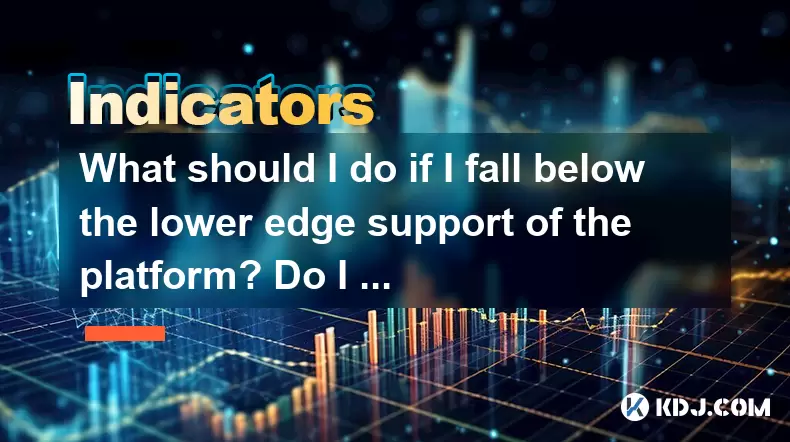
Understanding the Lower Edge Support in Trading Platforms
When traders refer to "falling below the lower edge support of the platform," they typically mean that the price of a cryptocurrency has dropped below a key horizontal or trendline support level on their trading chart. This level is often identified through technical analysis and is considered crucial for determining potential reversals or continuations in price movement.
The concept of lower edge support can vary depending on the timeframe used, such as 1-hour, 4-hour, or daily charts. Traders usually draw these levels based on previous swing lows, pivot points, or Fibonacci retracement zones. When the price breaches this level, it may signal a shift in market sentiment from bullish to bearish.
Support levels are not guaranteed floors, but rather areas where demand historically absorbed selling pressure. Once broken, they can turn into resistance zones.
What Happens After Breaking Below the Lower Edge Support?
Once the price breaks below a significant support level, several things may occur:
- The market might experience increased selling volume.
- Automated trading systems or algorithms could trigger sell orders.
- Investor confidence may decline, prompting further liquidation of positions.
This breakdown often causes panic among retail traders who were holding long positions expecting a bounce. However, professional traders may view this as an opportunity to enter short positions or wait for a retest of the broken support before considering new entries.
Price action after a break below support is critical—it determines whether the move is a genuine breakdown or a false breakout.
Should I Stop Loss Immediately After Breaking Below Support?
Deciding whether to implement a stop loss depends on multiple factors:
- Trading strategy: Scalpers may exit immediately, while swing traders might wait for confirmation.
- Risk management rules: If your plan includes predefined stop losses near support levels, then yes, you should execute them.
- Market context: Is the breakdown accompanied by high volume and momentum? That increases the likelihood of continuation.
It's important to avoid emotional decisions. Many traders panic-sell at the worst possible moment only to see the price rebound later. Others stubbornly hold losing positions hoping for a recovery that may never come.
- Assess the strength of the support break by checking candlestick patterns and volume indicators.
- Review your entry logic—if the original reason for entering the trade no longer applies, consider exiting.
- Use trailing stops if you're unsure about immediate exit but want to protect profits.
How to Adjust Your Strategy Post-Breakdown
If the price does fall below the lower edge support, it’s time to reassess your trading plan. Here are actionable steps:
- Reevaluate your technical setup: Look for new support/resistance zones or patterns forming after the breakdown.
- Monitor order flow and liquidity: Check depth charts and order books, especially on centralized exchanges like Binance or Coinbase.
- Adjust stop loss placement: Move it below the next significant support level if you decide to hold the position.
- Consider hedging strategies: In volatile crypto markets, using options or futures contracts can help mitigate downside risk.
Never ignore risk-to-reward ratios when adjusting stop losses post-breakdown. A healthy ratio ensures that even with losses, your overall strategy remains profitable over time.
Alternative Actions Instead of Immediate Stop Loss
Sometimes, cutting losses immediately isn't the best course of action. Consider these alternatives:
- Wait for a retest: Often, after breaking a support level, the price returns to test it as resistance. This offers a second chance to exit or enter short.
- Scale out of the position: Sell a portion of your holdings instead of the entire position, reducing exposure gradually.
- Average down cautiously: Only experienced traders with strong conviction should consider buying more at lower prices, but this requires strict risk controls.
- Analyze higher timeframes like the daily or weekly chart to understand broader trends before making a decision.
- Check for divergences in momentum indicators like RSI or MACD that might suggest a reversal.
- Observe how the market reacts during major news events or macroeconomic releases that could impact crypto prices.
Frequently Asked Questions
Q: What tools can help identify the lower edge support accurately?
A: You can use platforms like TradingView or Binance's native charting tools. Drawing tools such as horizontal lines, trendlines, and Fibonacci retracements help pinpoint key support levels. Volume profile and order block indicators also provide additional context.
Q: How do I differentiate between a real breakdown and a fakeout?
A: Watch for wicks or tails on candlesticks—if the price briefly drops below support but closes above it, it's likely a fakeout. Also, low volume during the drop suggests weak selling pressure and a potential reversal.
Q: Can I still profit if the price falls below support?
A: Yes. Some traders look for short-selling opportunities or trade derivatives like inverse perpetual swaps. Others wait for a retest of the broken support to enter short or exit longs at better prices.
Q: Should I adjust my stop loss manually or use automated tools?
A: Both approaches have merit. Manual adjustments allow flexibility based on changing conditions, while automated tools like trailing stops help manage emotions and ensure discipline. Combining both methods can enhance your trading performance.
Disclaimer:info@kdj.com
The information provided is not trading advice. kdj.com does not assume any responsibility for any investments made based on the information provided in this article. Cryptocurrencies are highly volatile and it is highly recommended that you invest with caution after thorough research!
If you believe that the content used on this website infringes your copyright, please contact us immediately (info@kdj.com) and we will delete it promptly.
- Parataxis Holdings & Bridge Biotherapeutics: A Bitcoin Treasury Play in South Korea
- 2025-06-20 20:25:12
- Pi Network Price Prediction: Navigating June 2025's Uncertainties
- 2025-06-20 20:25:12
- AI Chip Maker Cerebras Hacked: Crypto Scam Alert!
- 2025-06-20 20:45:13
- dYdX Surge Program: Leveling Up DeFi Trading with Incentives
- 2025-06-20 20:45:13
- Bitcoin Breakout Watch: Can BTC Surge to $100K and Beyond?
- 2025-06-20 20:50:12
- Coinsilium, Bitcoin Treasury, Forza!: Riding the Crypto Wave in 2025
- 2025-06-20 20:50:12
Related knowledge

Is the golden cross of the ROC indicator below the zero axis effective?
Jun 20,2025 at 09:42pm
Understanding the ROC Indicator and Its Role in Cryptocurrency TradingThe Rate of Change (ROC) indicator is a momentum oscillator widely used by traders to assess the speed at which cryptocurrency prices are changing. It measures the percentage difference between the current price and the price from a certain number of periods ago. The ROC helps identif...
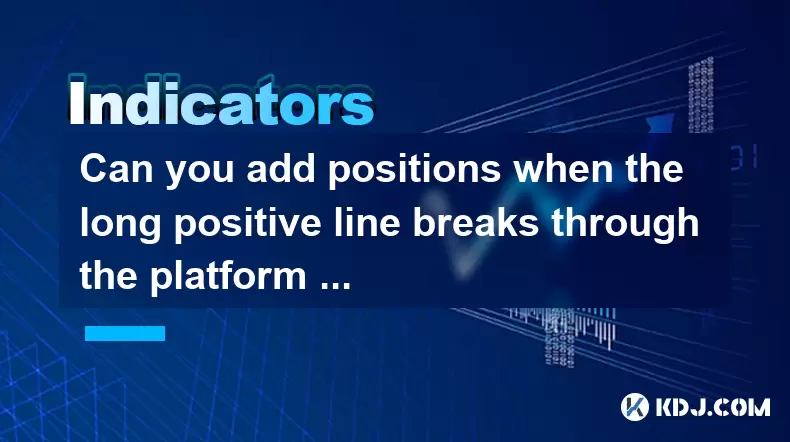
Can you add positions when the long positive line breaks through the platform and then shrinks and falls back?
Jun 20,2025 at 08:57pm
Understanding the Price Pattern: Breakthrough, Retract, and ConsolidationIn cryptocurrency trading, one of the commonly observed patterns involves a long positive line breaking through a consolidation platform, followed by a retraction or pullback. This scenario often raises questions among traders about whether to add positions after such a move. The p...
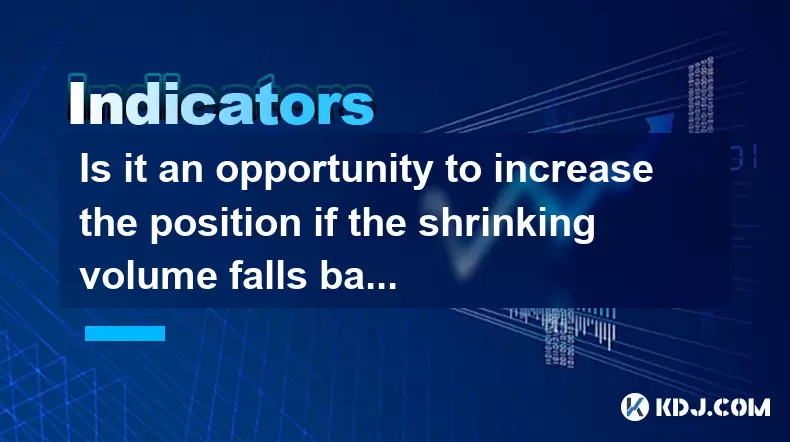
Is it an opportunity to increase the position if the shrinking volume falls back to the rising trend line?
Jun 20,2025 at 06:22pm
Understanding the Shrinking Volume in Cryptocurrency TradingIn cryptocurrency trading, volume is one of the most critical indicators used to confirm price movements and trends. When traders observe a scenario where volume shrinks during a pullback, it can signal either a lack of selling pressure or an imminent reversal. This phenomenon often occurs when...
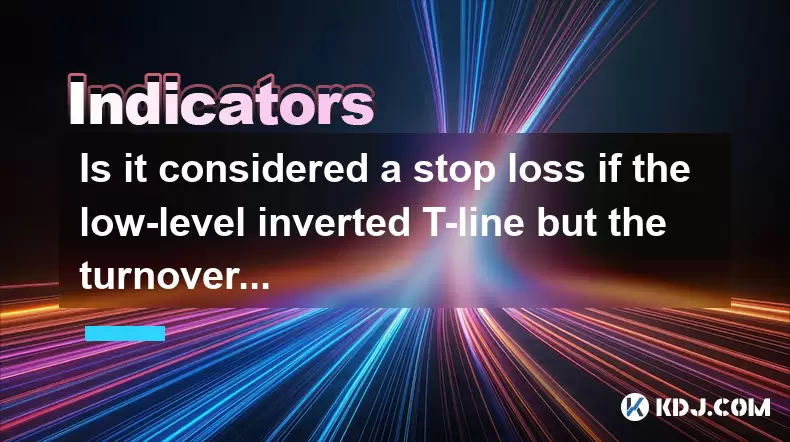
Is it considered a stop loss if the low-level inverted T-line but the turnover rate is extremely low?
Jun 20,2025 at 04:49pm
Understanding the Low-Level Inverted T-Line in Cryptocurrency ChartsIn technical analysis within the cryptocurrency market, candlestick patterns are crucial indicators for traders to predict potential price movements. The low-level inverted T-line is a specific type of candlestick pattern that often raises questions among traders. This pattern typically...
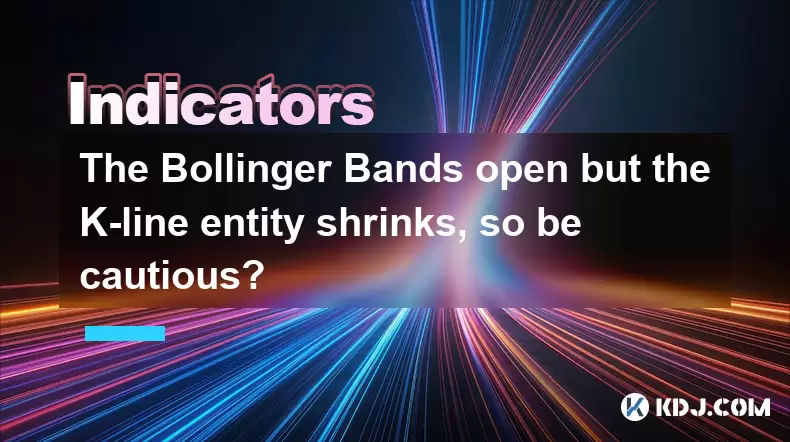
The Bollinger Bands open but the K-line entity shrinks, so be cautious?
Jun 20,2025 at 06:08pm
Understanding the Bollinger Bands and K-Line RelationshipBollinger Bands are a popular technical analysis tool used in cryptocurrency trading. They consist of a moving average (usually 20-period) with two standard deviation lines plotted above and below it. These bands dynamically adjust to price volatility, expanding when volatility increases and contr...
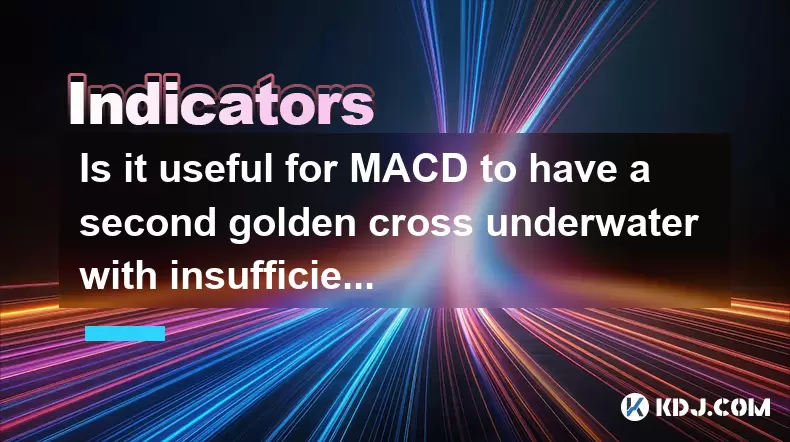
Is it useful for MACD to have a second golden cross underwater with insufficient volume?
Jun 20,2025 at 06:49pm
Understanding the MACD and Its Golden CrossThe Moving Average Convergence Divergence (MACD) is a popular technical analysis tool used by traders to identify potential buy or sell signals. It consists of three components: the MACD line, the signal line, and the histogram. The golden cross occurs when the MACD line crosses above the signal line, often see...

Is the golden cross of the ROC indicator below the zero axis effective?
Jun 20,2025 at 09:42pm
Understanding the ROC Indicator and Its Role in Cryptocurrency TradingThe Rate of Change (ROC) indicator is a momentum oscillator widely used by traders to assess the speed at which cryptocurrency prices are changing. It measures the percentage difference between the current price and the price from a certain number of periods ago. The ROC helps identif...

Can you add positions when the long positive line breaks through the platform and then shrinks and falls back?
Jun 20,2025 at 08:57pm
Understanding the Price Pattern: Breakthrough, Retract, and ConsolidationIn cryptocurrency trading, one of the commonly observed patterns involves a long positive line breaking through a consolidation platform, followed by a retraction or pullback. This scenario often raises questions among traders about whether to add positions after such a move. The p...

Is it an opportunity to increase the position if the shrinking volume falls back to the rising trend line?
Jun 20,2025 at 06:22pm
Understanding the Shrinking Volume in Cryptocurrency TradingIn cryptocurrency trading, volume is one of the most critical indicators used to confirm price movements and trends. When traders observe a scenario where volume shrinks during a pullback, it can signal either a lack of selling pressure or an imminent reversal. This phenomenon often occurs when...

Is it considered a stop loss if the low-level inverted T-line but the turnover rate is extremely low?
Jun 20,2025 at 04:49pm
Understanding the Low-Level Inverted T-Line in Cryptocurrency ChartsIn technical analysis within the cryptocurrency market, candlestick patterns are crucial indicators for traders to predict potential price movements. The low-level inverted T-line is a specific type of candlestick pattern that often raises questions among traders. This pattern typically...

The Bollinger Bands open but the K-line entity shrinks, so be cautious?
Jun 20,2025 at 06:08pm
Understanding the Bollinger Bands and K-Line RelationshipBollinger Bands are a popular technical analysis tool used in cryptocurrency trading. They consist of a moving average (usually 20-period) with two standard deviation lines plotted above and below it. These bands dynamically adjust to price volatility, expanding when volatility increases and contr...

Is it useful for MACD to have a second golden cross underwater with insufficient volume?
Jun 20,2025 at 06:49pm
Understanding the MACD and Its Golden CrossThe Moving Average Convergence Divergence (MACD) is a popular technical analysis tool used by traders to identify potential buy or sell signals. It consists of three components: the MACD line, the signal line, and the histogram. The golden cross occurs when the MACD line crosses above the signal line, often see...
See all articles

























































































